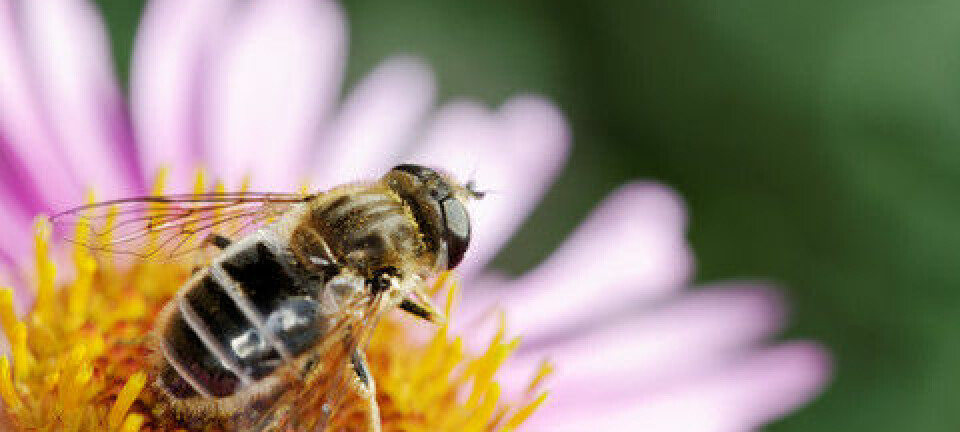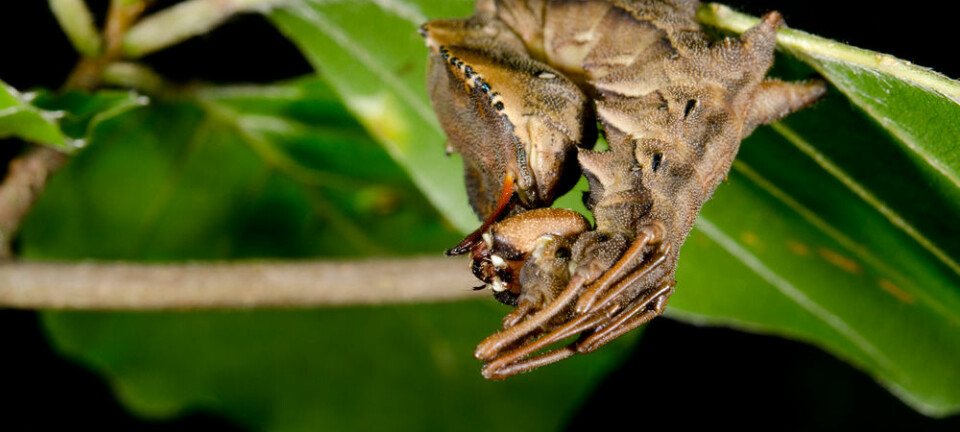An article from The Norwegian Forest and Landscape Institute
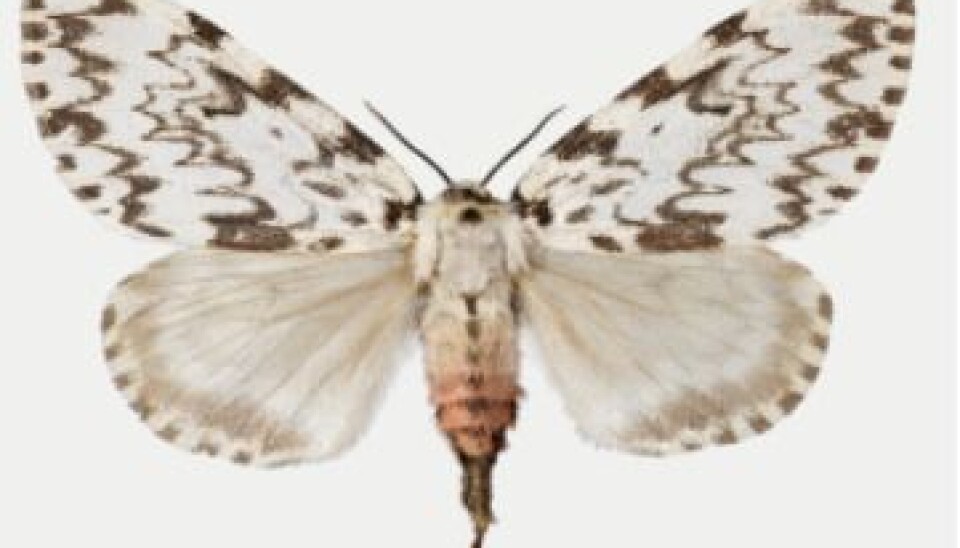
The climate profiteers of the insect world
Insects are among the organisms that will react most rapidly to climate change. They have a short generation span, they are very mobile, and their rate of development is directly impacted by temperature. This means that the development from egg to adult insect is much quicker when temperatures rise – a fact that may bode bad news for forestry.
Denne artikkelen er over ti år gammel og kan inneholde utdatert informasjon.
There are four categories of insects which may cause problems for forestry in the event of climate change:"The bad guys"
These are species which currently cause considerable damage in Norway, and may cause even more damage in the future. One prominent example is the spruce bark beetle (Ips typographus).
The insects in this category already occur in Norway and can react very quickly to climate change. However, their response will not necessarily be gradual – the insects may only react to climate changes once these have reached a certain threshold. In such an event, we may experience sudden, so-called non-linear changes.
One example of such sudden changes is the generation span of the spruce bark beetle. When the total warmth during the summer remains under a certain limit, the spruce bark beetle will only be able to complete one generation per year. This is due to the fact that only adult spruce bark beetles are able to survive a winter season, while larvae and pupae freeze to death.
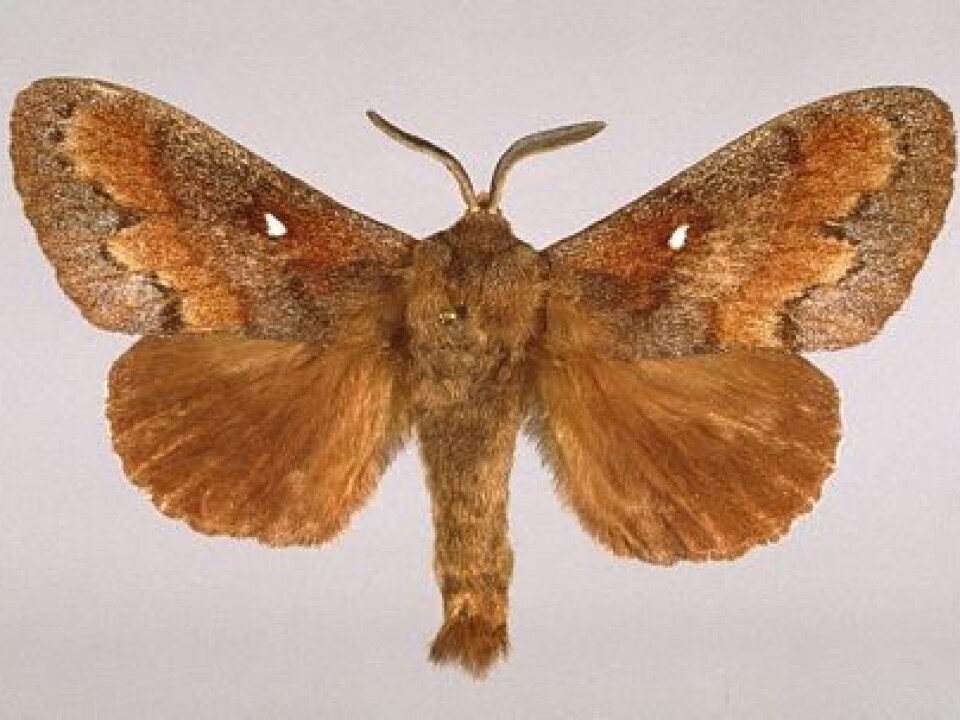
Any second generation of beetles that is not completed before the winter arrives is therefore doomed to fail. However, once the total summer warmth exceeds a certain limit, the beetles will be able to complete two generations in one summer. This could have a substantial impact on forestry, as there would then be two periods of beetle attacks on live trees per summer.
"The wolves in sheep's clothing"
These are species currently found in Norway which do not cause any significant damage, but which do cause damage in other parts of Europe. For some of these species, you do not have to travel farther than to South Sweden or Finland to find incidents of destructive impact on forests.
Examples of such species are nun moth (Lymantria monacha), bordered white (Bupalus piniaria), pine tree lappet (Dendrolimus pini), pine beauty (Panolis flammea) and common pine sawfly (Diprion pini).
"The patient waiters"
These are species which do not occur in Norway but which cause substantial damage farther south in Europe.
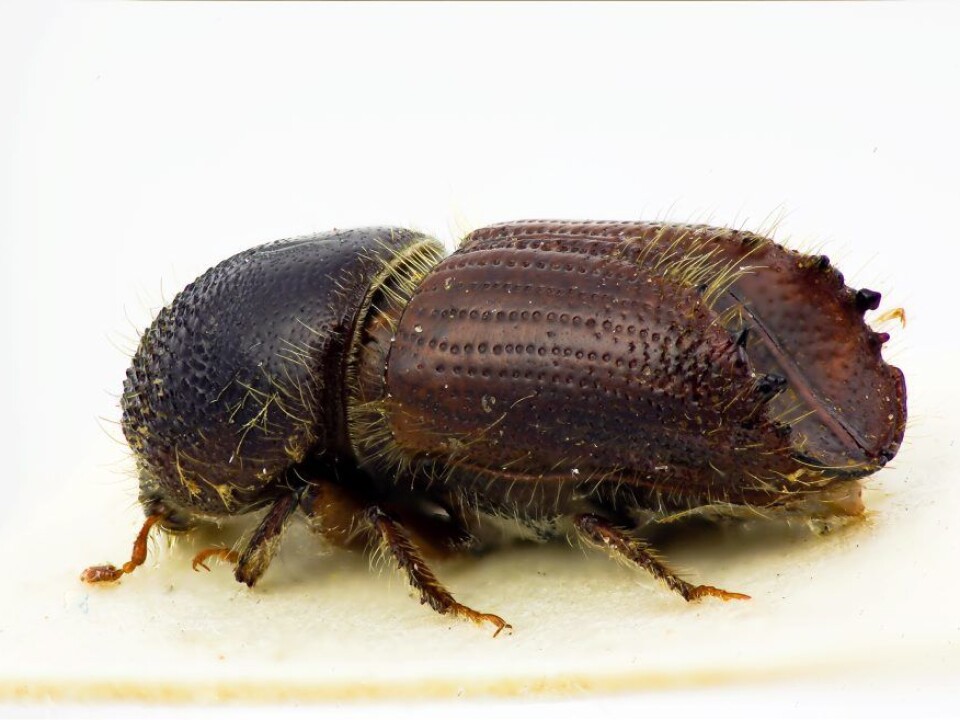
Examples include species on oak and other trees with a more southerly distribution area in Europe. As the habitat of these insects would first have to move north, it would take a long time before they could cause any damage in Norway.
“The wild cards”
These are species which do not occur in Norway but which may arrive and establish if the climate grows warmer. These are the unpredictable wild cards – species which may come to Norway as stowaways with timber, wood chips, and other imported goods.
Examples are the Siberian moth (Dendrolimus superans) and insect vectors of the pine wood nematode (Bursaphelenchus xylophilus), both of which can attack pine and spruce. Other candidates are North American bark beetles, such as the dreaded mountain pine beetle (Dendroctonus ponderosae), which has caused enormous damage to the pine forests in British Columbia.








